|
Photography Know-How
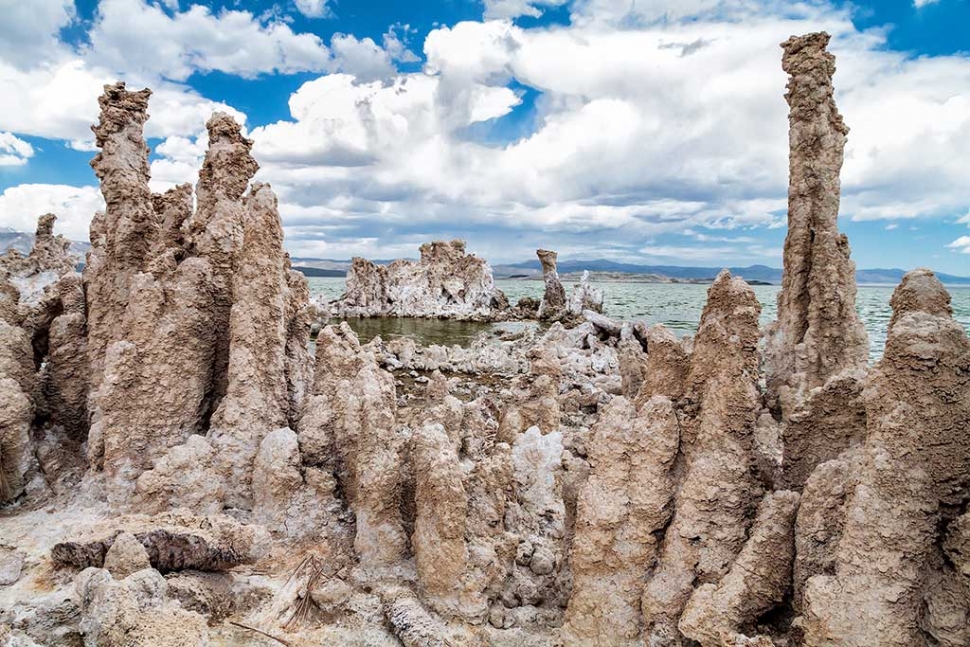 Photo of the Week by Bob Crum. Tufas on Mono Lake, Lee Vining, CA. Photo data: ISO 640, 15mm, f/11 at 1/500 seconds. By Bob Crum — Wednesday, May 3rd, 2017
Once Isn’t Enough
 Bob Crum 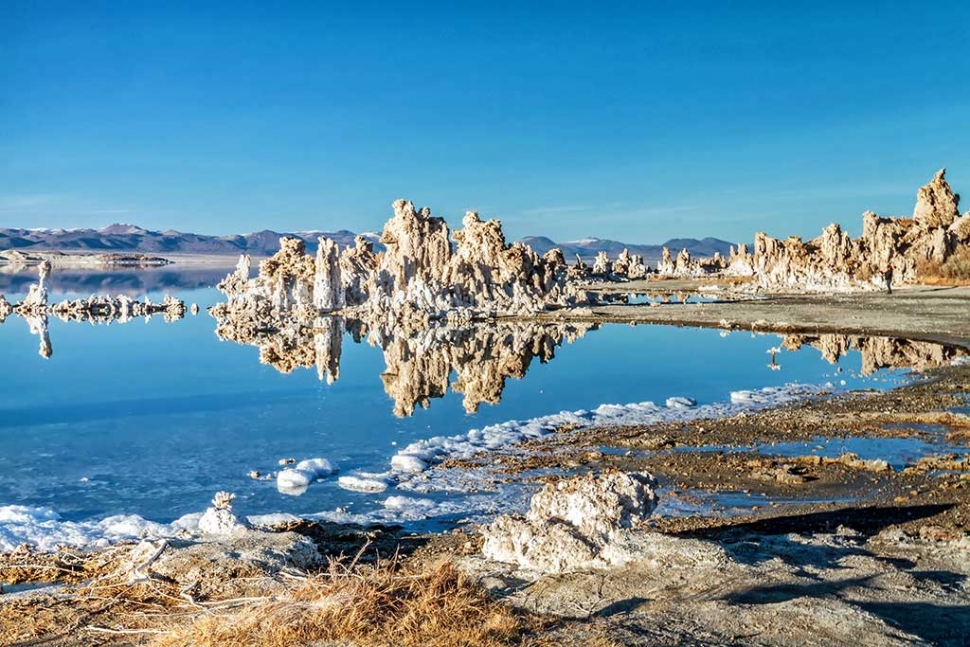 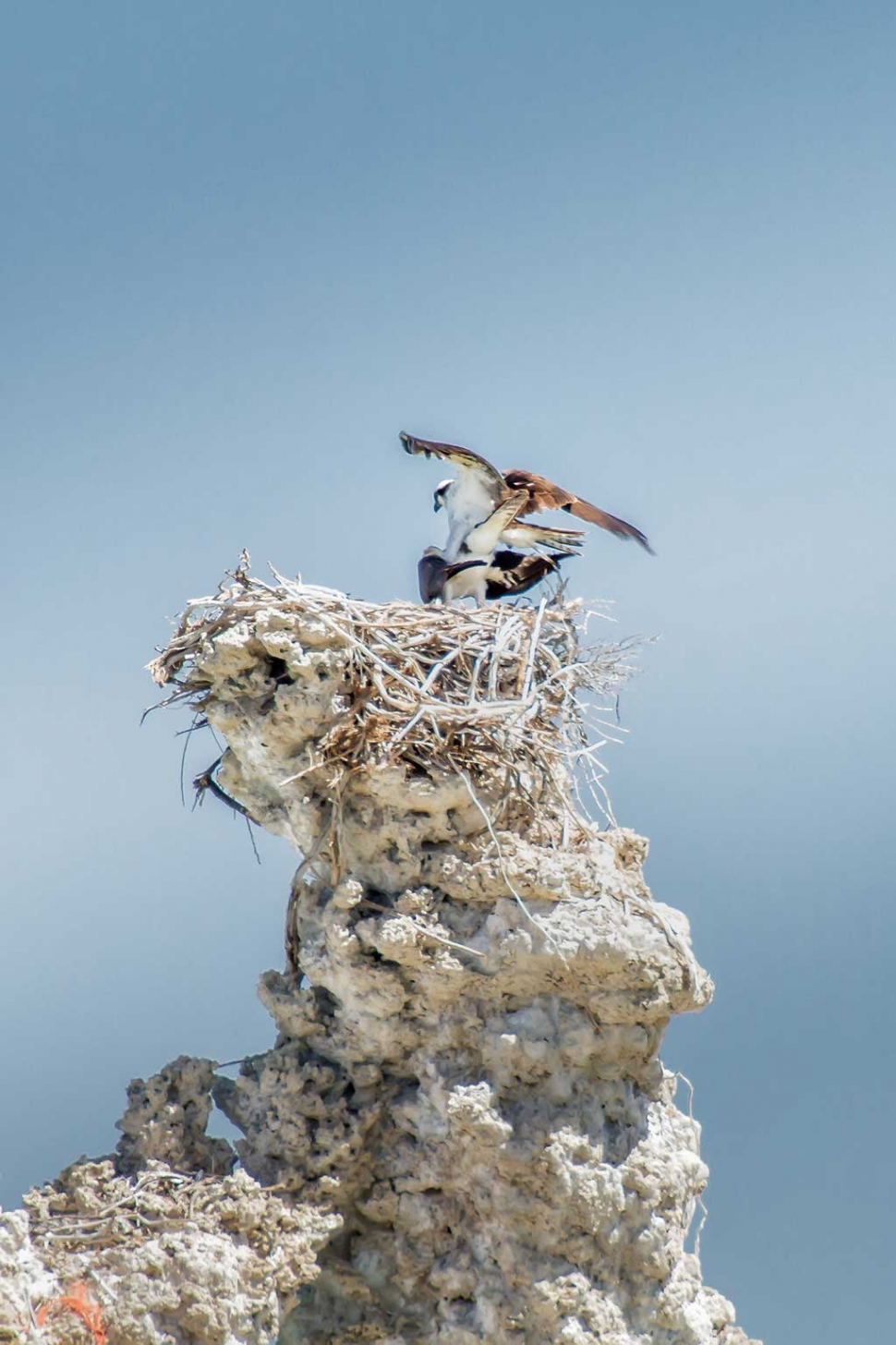 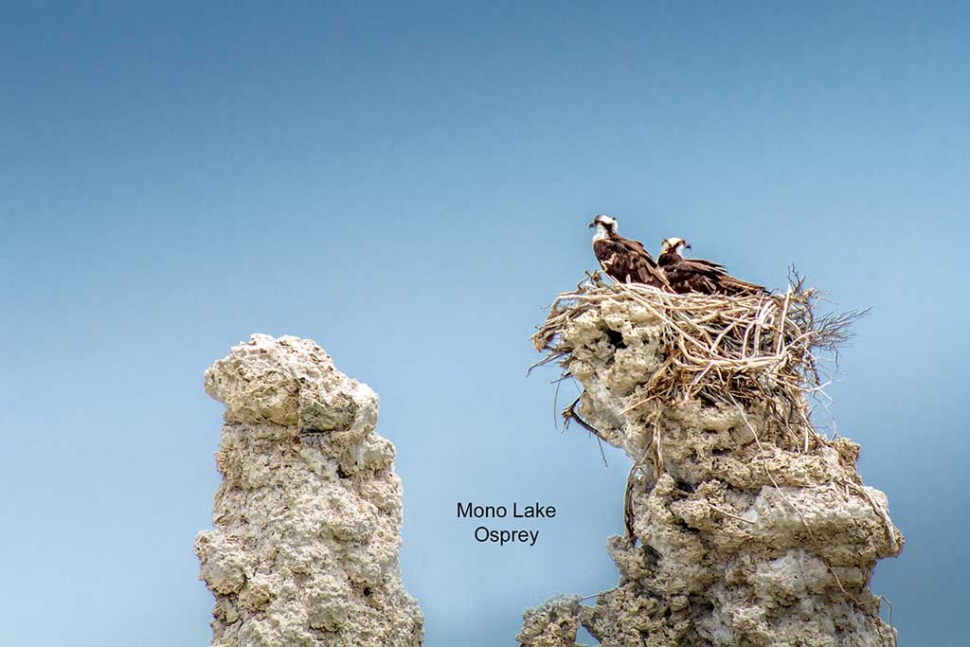 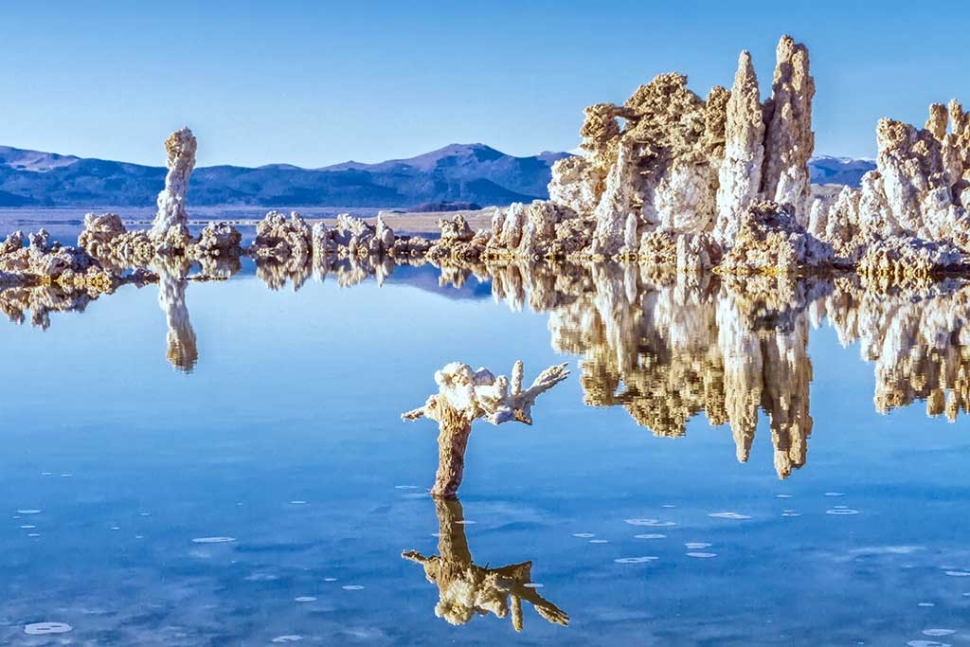 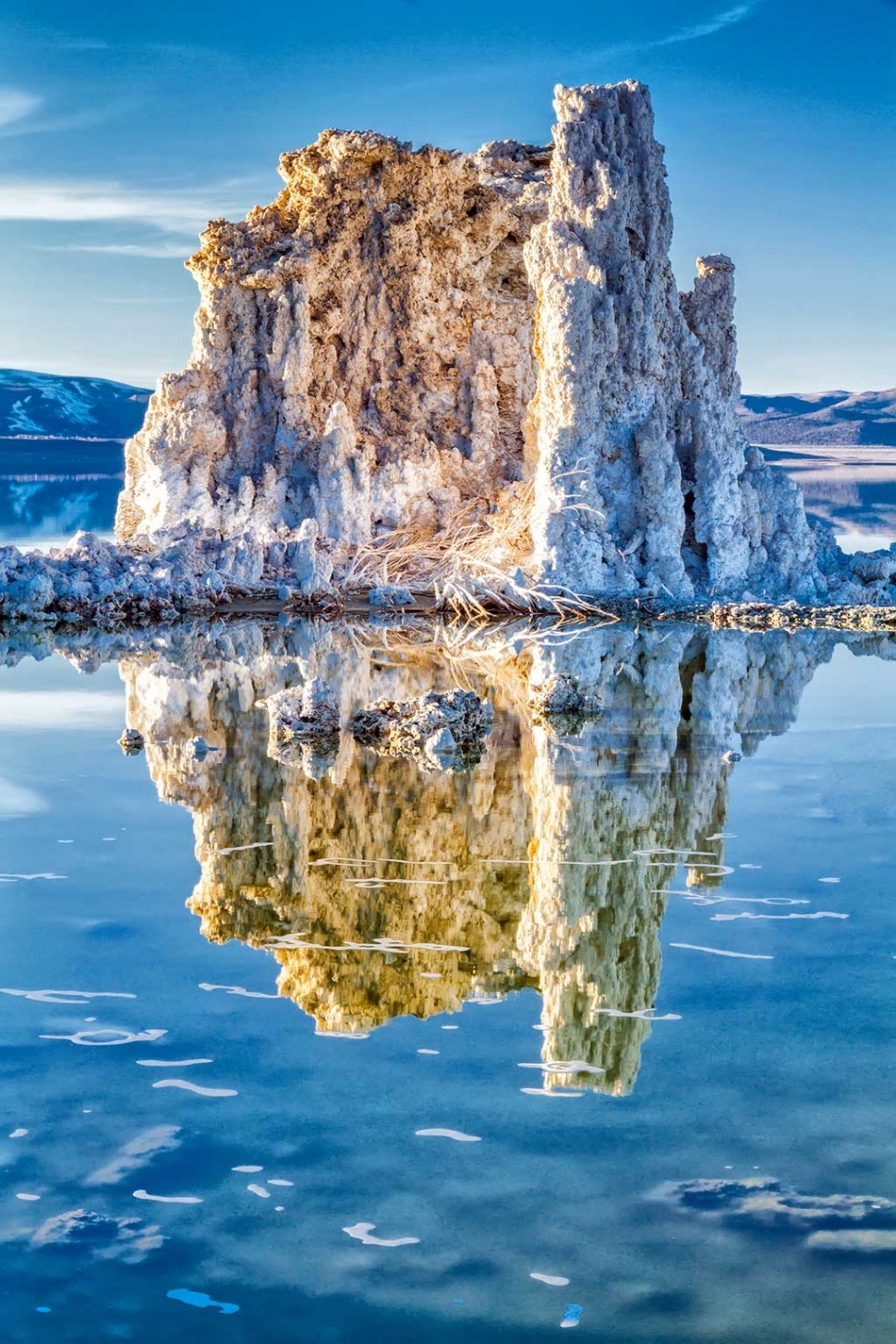 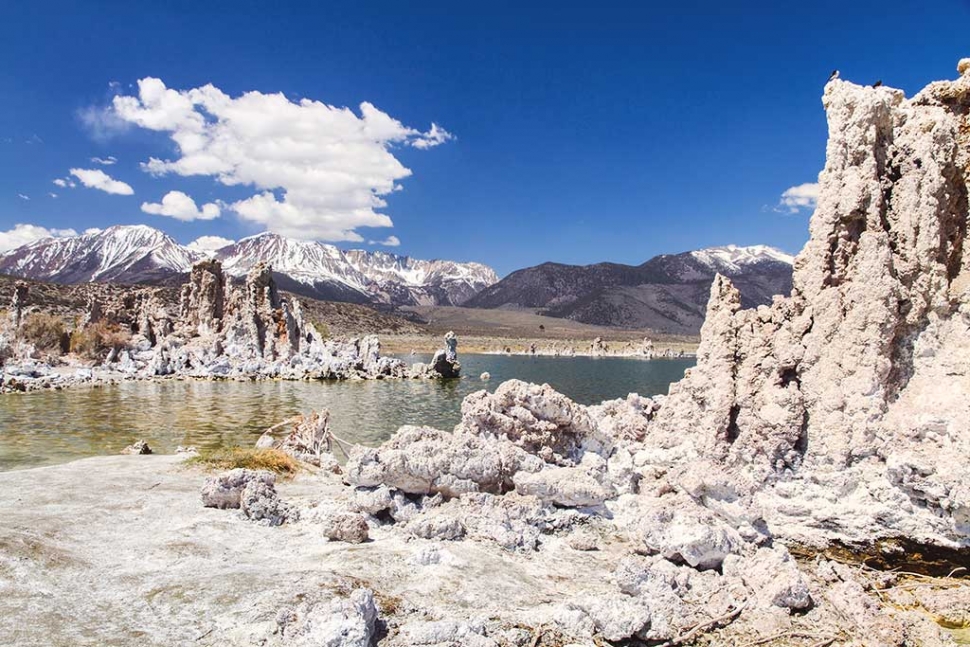 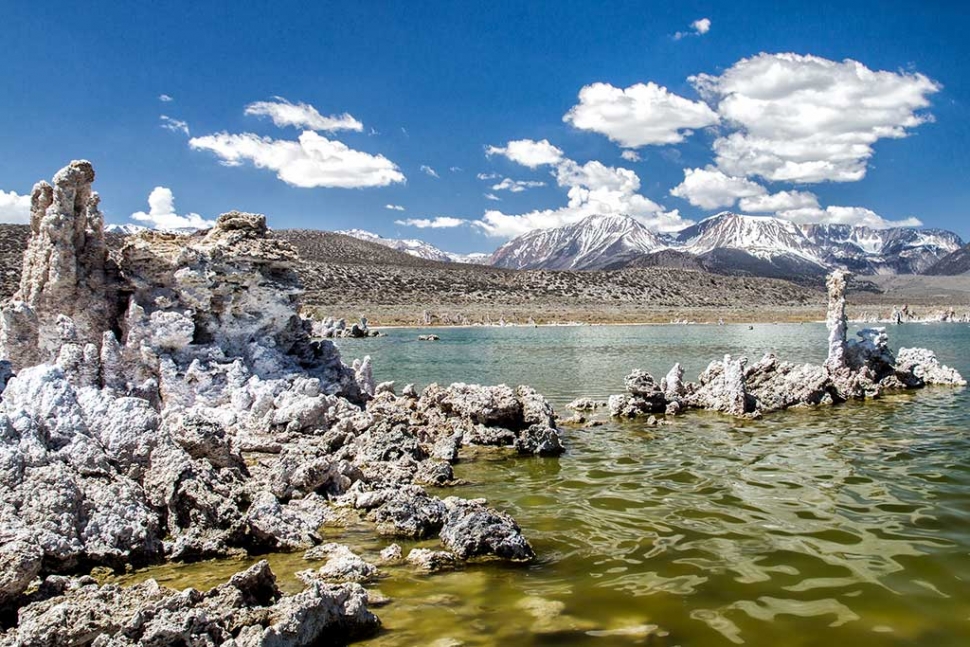 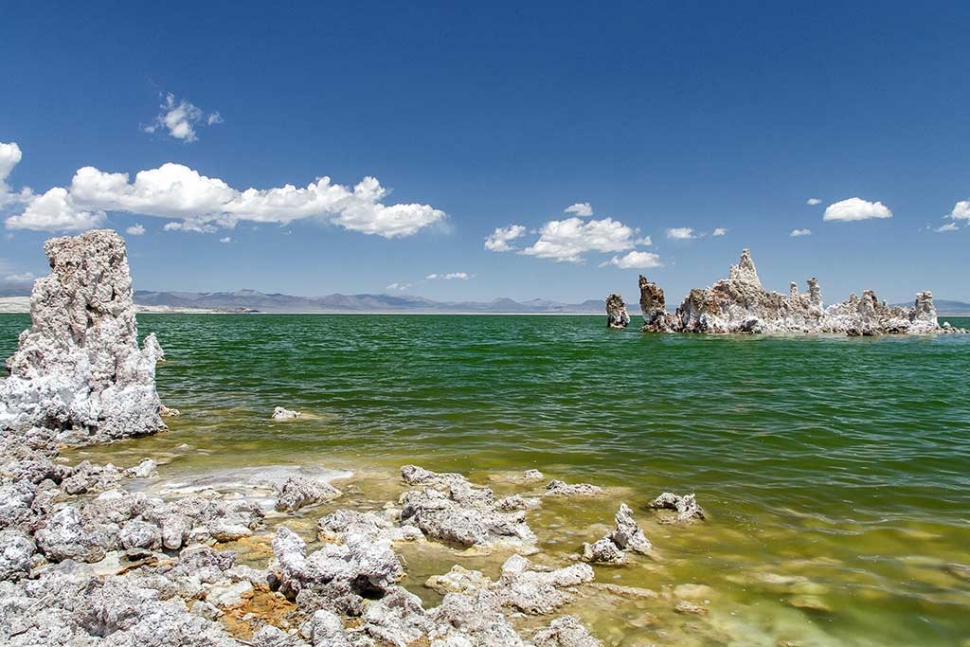 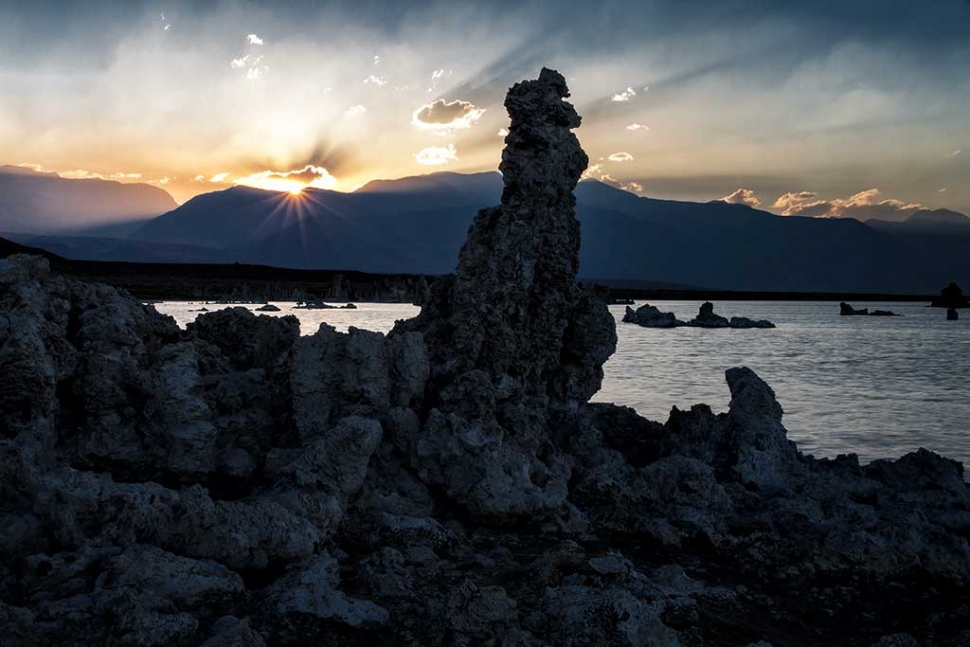 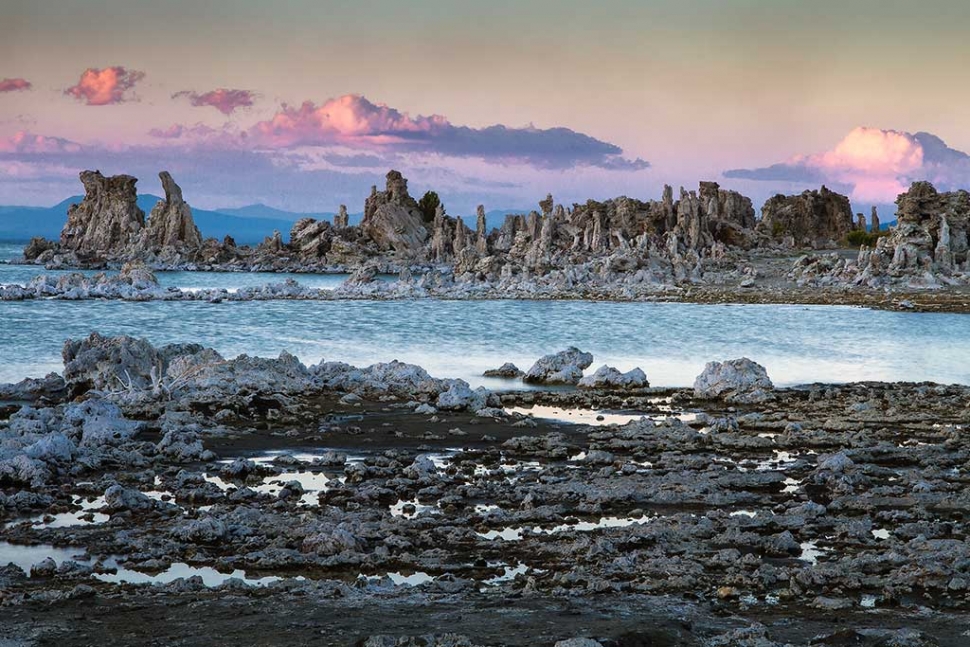 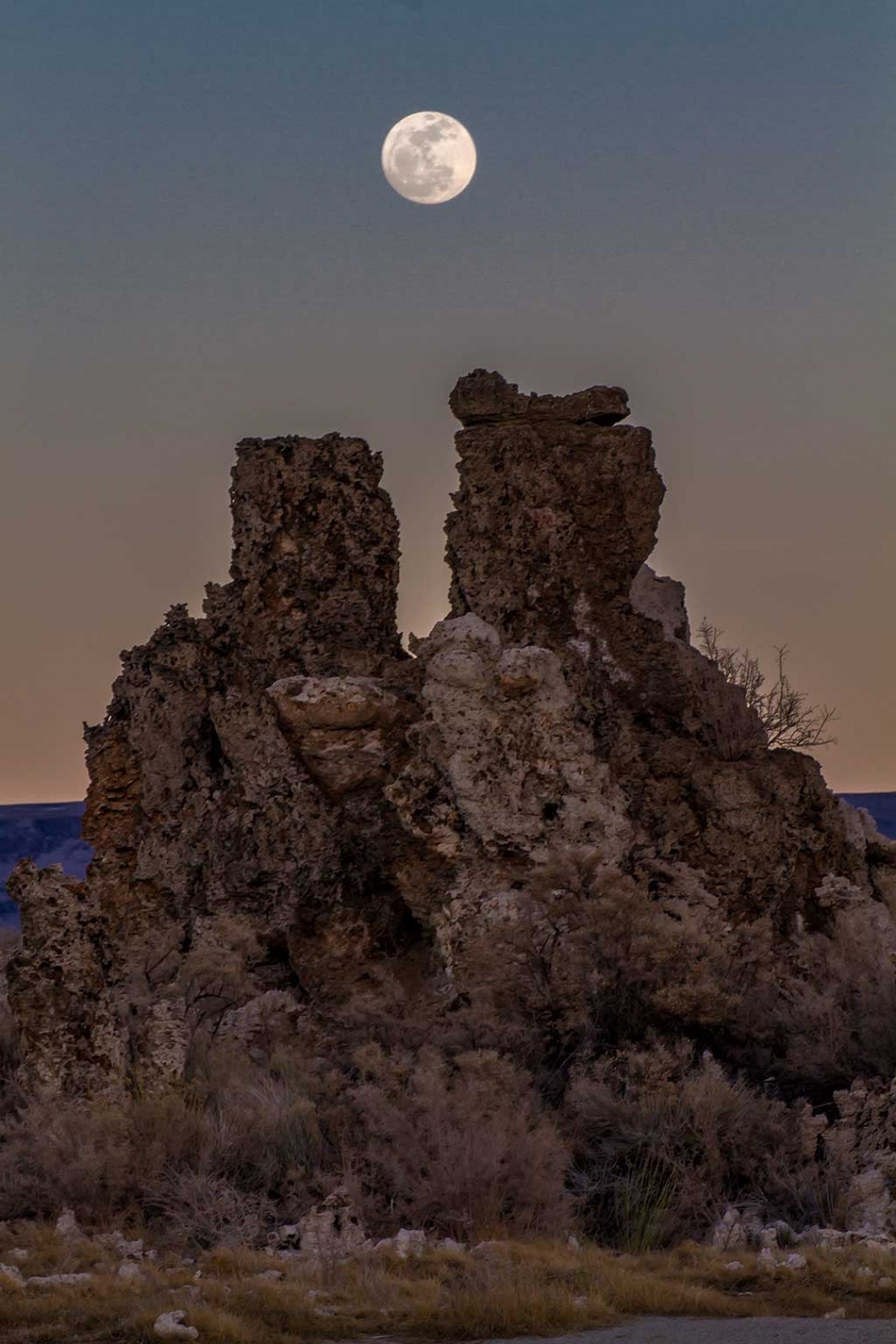 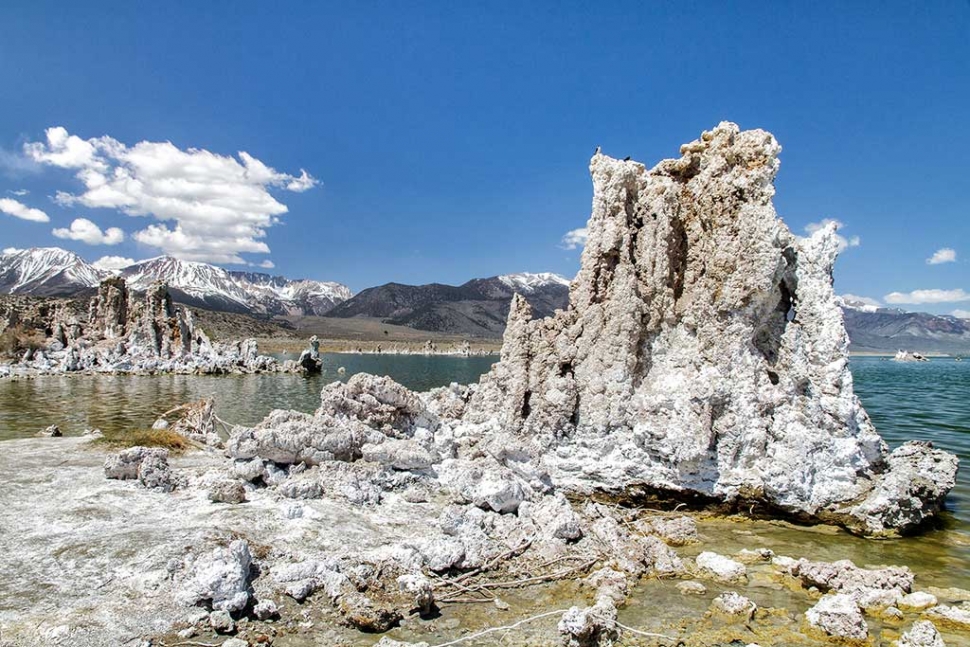 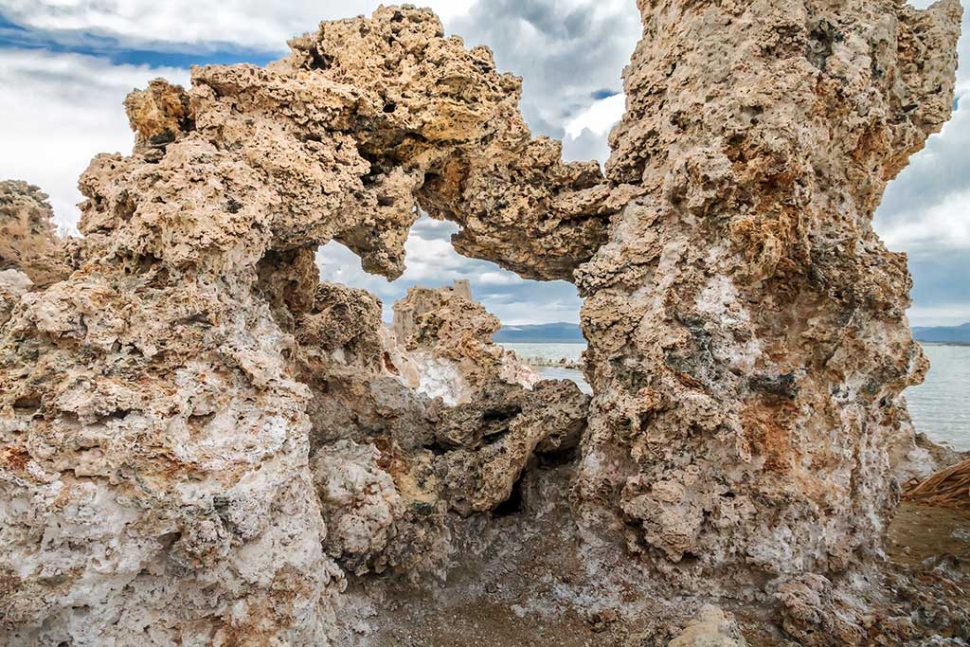 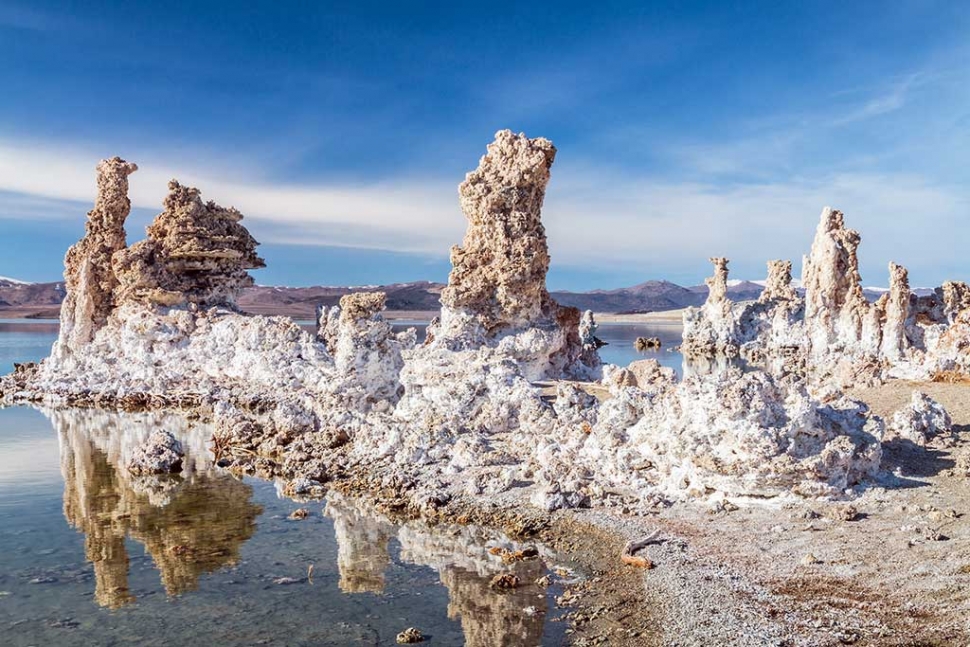 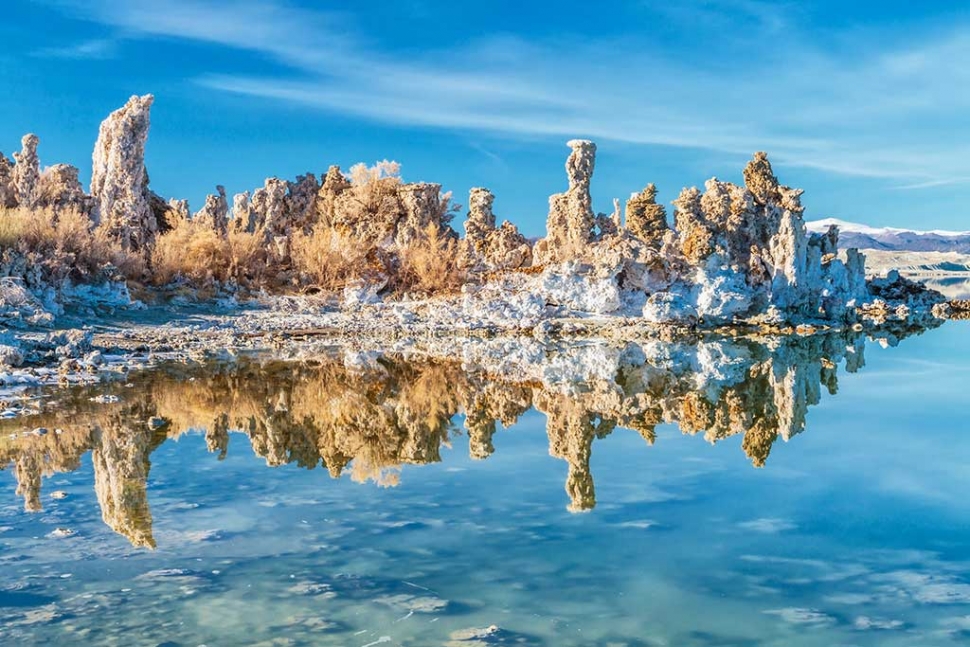 Won't return home in time so I'm writing this from my daughter's home in Reno, NV, because publication deadlines wait for no one. Not even me. Photos are from my heavily guarded impenetrable photo vault. (A hard drive in the cabinet.) Dewitt Jones, a renowned outdoor photographer, recently penned: “If I could stop time and contemplate the true beauty of a given moment, my eyes would widen and my jaw would drop. (Wait, I can do that! That's why I photograph!)” That's why I photograph too! A lot! I love the outdoors. Nature, undisturbed by mankind is special because of its grandeur, it's stately elegance. Explicitly Lordliness in all it's glory. When I encounter stunning scenery the urge to photograph is immediate. Bad idea! Opulence deserves savoring. Then evaluate the play and direction of light and the character of the subject. Then program the camera and shoot while realizing that I'll fail. I fail every time I attempt to capture what made my eyes open wide and my jaw drop because cameras cannot capture the exquisite essence of a natural wonder. Nevertheless, I persevere because I'm afflicted with photography obsessive compulsive disorder (POCD). Caution: It's contagious. The only remedy is to continuously press the shutter button! With each press... relief! Last week I introduced you to the tufas of Mono Lake. I've been there three times. Why? Because as you cannot step into the same river twice, you'll never see tufas the same way twice. Never! The south tufa area with the greatest concentration is a maze of tufas. There uniqueness challenges even the most experienced photographers. Several compositions could easily be shot from one place. Turn 45° either way and still many more compositions. Almost endless perspectives. The interplay of light (the essence of photography) on the tufa varies greatly from month-to-month, day-to-day, hour-to-hour. Light is the main reason the tufas are revealed anew with each succeeding visit. Notice the green water in a couple of the (website) photos. In recent summers, due to microscopic algae, Mono Lake turns green. The lake typically turns into a blue, Lake Tahoe-like clarity as abundant Artemia minica (brine shrimp) graze the algae. Obviously if you only visited Mono Lake during July, you wouldn't get to see the blue water in January and vice versa. Most hardcore photographers dislike midday shooting for various reasons. Given good weather, I've photographed tufas an entire day. Loved every minute and every challenge. Well, truth be told I'm always hopeful that the Mono Lake mermaids would surface at any moment. I remain disappointed! Technical notes: A variable circular polarizing lens filter is recommended to eliminate/reduce reflected light on the water. Forget the filter if you prefer a super-wet look. A dSLR camera isn't mandatory. A fully charged battery, memory cards and command of your point-and-shoot camera can get the job done. On one visit to Mono Lake, I had the good fortune to witness a mating pair of ospreys nesting on a tufa island. Their activities were fascinating to watch. Henry Miller wrote: “One's destination is never a place, but a new way of seeing things.” Photography also teaches a new way of seeing things. Relish the challenge. Question: If I presented a weekend photography workshop at Mono Lake, would you be interested? Or perhaps a workshop closer to home instead? Email me your thoughts. Until next time, happy photoing. Email comments, suggestions or questions to bob@fillmoregazette.com |
